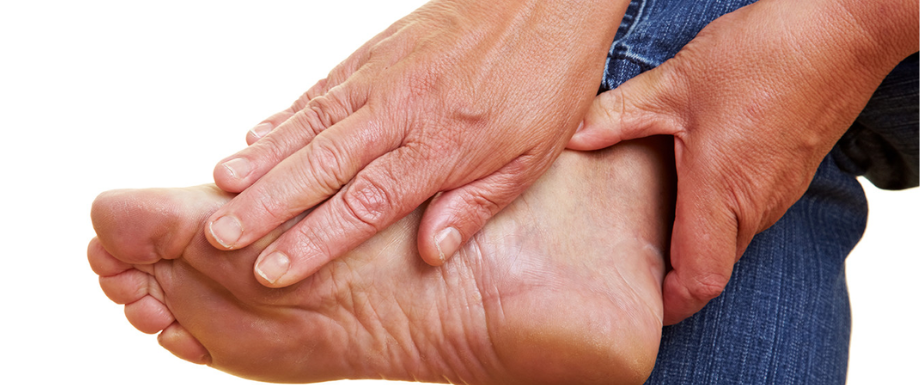One of the serious diabetes complications is diabetic foot infections. This is because foot infections in diabetes take a long time to heal because of reduced immunity and the risk of foot amputation is also quite high.
Diabetes and feet – Symptoms of Athlete’s foot
Foot complications in diabetes occur due to a complex condition which is characterized by:
- Immunopathy (reduced immunity levels in diabetes)
- Vasculopathy (Damage to the small blood vessels like venules, arterioles, and capillaries)
- Diabetic neuropathy (a condition in which the nerves get damaged due to high blood sugar levels)
Along with these conditions, skin changes also contribute to many diabetic foot infections including athlete’s foot. Skin changes occur as there is dysfunction of the sweat and oil glands. This leads to dry skin that is susceptible to fissures and cracks.
Cracks and fissures further increase the risk diabetic foot infection when there is reduced immunity. Apart from this, some people with diabetes are also susceptible to peripheral artery disease which further increases the risk of diabetic foot infections.
In a condition like athlete’s foot, there is cracked skin, dryness of skin and itching along with burning sensation. Athlete’s foot is a fungal infection that is caused due to a fungi called Tinea pedis. Symptoms of this condition includes:
- Scaly skin with cracks
- Redness of the affected area
- Itching in the affected area
- Burning and stinging sensation
- Discoloration of the toenails
- Blisters
- Dryness of skin on the soles
